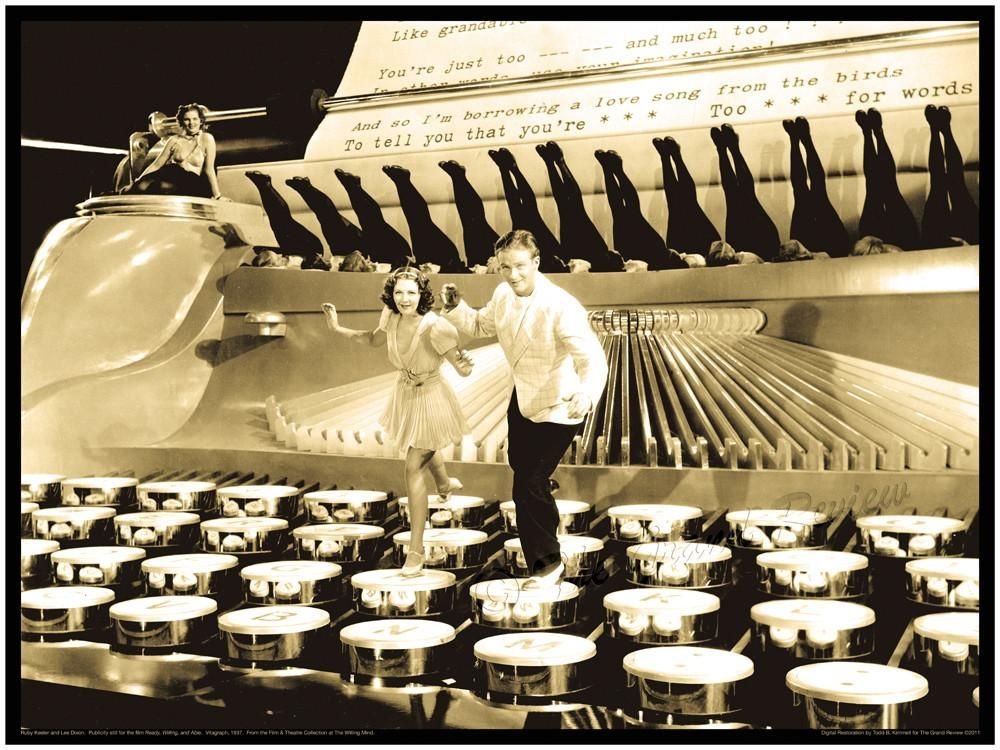Dear Etiquetteer:
I applaud and cheer your enthusiastic endorsement of April as National Card and Letter Writing Month. I certainly burden the Postal Service with more than my fair share of cards and letters.
May I ask, though, does Etiquetteer have strong objections to the use of typewriters or gasp computer printers for paper correspondence — on quality stationery, of course? I always hand-sign with a good pen and postscripts are always handwritten.
Dear Typing:
Whether Etiquetteer has objections or not, don’t you think that ship has sailed? Like applauding the singing of the National Anthem (an act of patriotism is not supposed to be applauded) or clinking glasses in a toast (you’re just supposed to lift the glass), printed or typed personal letters are with us to stay. And of course for that Select(ric) Community of Collectors of Typewriters, to which Etiquetteer knows you belong, a beautifully typewritten letter is just as much a work of art as calligraphy. Who is Etiquetteer to stand in the way of such artistic expression?
Of course this includes the writer’s signature in ink and any postscript added. Handwriting proves that the writer was personally involved; it verifies that the letter received isn’t a form letter or recycled information (even if it might be). In her absorbing memoir A Lady, First*, Letitia Baldrige confessed to creating newsy little letters for Jackie Kennedy to send her Bouvier aunts. Jackie would add a postscript in her own hand and sign. Otherwise, the aunts may never have heard from her. But, to paraphrase the late Edna Turnblad, “You ain’t no First Lady, are you? You’re a typewriter, that’s what you are!” So keep typing, signing, and PSing.
During the last 25 years or so, the corporate world (where everything is almost entirely email now) has reverted to handwritten thank-you notes after job interviews or offers. Once upon a time all professional correspondence was typewritten or printed, including and especially letters of thanks from job applicants. Now the trend is toward professional gratitude that appears more personal through handwriting on foldover notecards instead of typewritten on 8.5" by 11" letterhead. Etiquetteer can only suggest that notecards used for professional correspondence look professional: no flowers or frills, just a severe border, with possibly your name or initials. Dempsey & Carroll’s Write Away notecards in Regent Blue are exactly the right thing.
We also can’t ignore that not everyone writes a fine Palmer Method hand any longer (if we ever did), and that many of us have penmanship that can only kindly be described as Challenging. It could be argued that typed or printed correspondence might be received more gratefully than something handwritten.
Etiquetteer wishes you joyous hours at the Typewriter of Your Choice, something like this, pouring forth well-chosen words and well-rounded phrases for the delight of your recipients. Your example may even persuade Etiquetteer to take down Dear Grandmother’s 1923 Royal Portable.
*Yes, yes, Etiquetteer quotes from this book frequently. But it is absorbing, and Tish offers so many wonderful examples of Perfect Propriety, and Perfect Propriety Gone Wrong.

